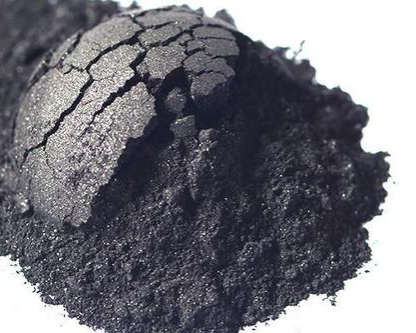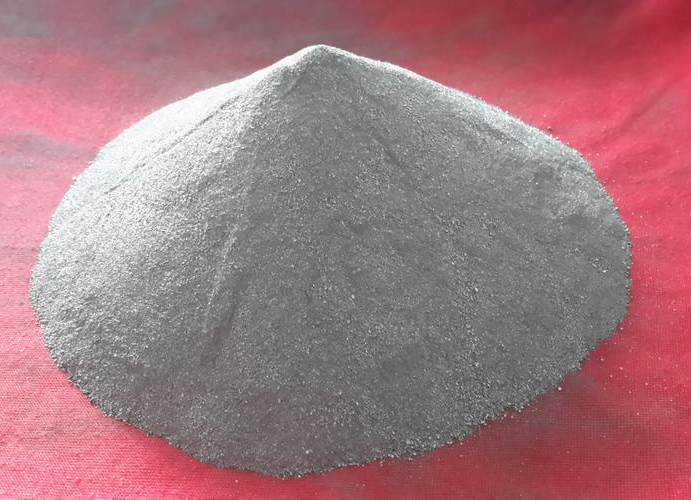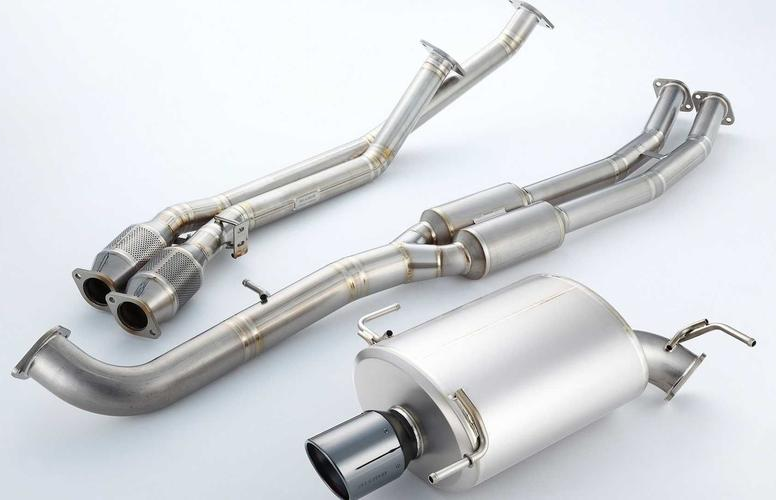1. Introduction
Titanium powder has emerged as a cornerstone material in advanced manufacturing, particularly in aerospace, biomedical implants, and additive manufacturing. Unlike bulk titanium, powdered forms offer unique advantages in sintering, coating, and 3D printing applications. However, the term ‘titanium powder’ encompasses a wide spectrum of materials—from pure titanium metal powder to complex alloys like Ti6Al4V and ceramic derivatives such as titanium carbide or TiO2 nano powder. Understanding the distinctions among these variants is essential for optimizing performance and cost.

This article delves into the technical and commercial dimensions of titanium powder, comparing production methods, analyzing pricing structures (including titanium powder price per kg), and evaluating suitability for specific industrial uses. We also contextualize titanium powder within the broader landscape of refractory metal powders, including molybdenum and tungsten alternatives.
2. Types of Titanium Powder and Their Characteristics
2.1 Pure Titanium Powder vs. Titanium Alloy Powder
Pure titanium powder (often Grade 1 or 2) is valued for its corrosion resistance and biocompatibility, making it ideal for medical devices and chemical processing equipment. In contrast, titanium alloy powder—especially Ti6Al4V (also known as Ti64)—offers superior strength-to-density ratios and is the dominant material in aerospace and high-performance 3D printing applications. Ti6Al4V powder price typically exceeds that of pure titanium due to the added cost of alloying elements and stricter compositional controls.
2.2 Specialty Titanium-Based Powders
Beyond metallic forms, several functional powders derive from titanium chemistry:
- Titanium nitride powder (TiN): Used for hard coatings and wear resistance.
- Titanium carbide powder (TiC): Employed in cutting tools and cermets.
- Titanium diboride powder (TiB2) and titanium boride powder: High-melting-point ceramics used in armor and refractory linings.
- TiO2 nano powder: A photocatalytic and UV-blocking agent, distinct from metallic titanium powder and not suitable for structural applications.
Note that titanium dioxide (TiO2) powder should not be confused with titanium metal powder; they serve entirely different industrial roles.
3. Production Methods: Gas Atomized vs. HDH Titanium Powder

3.1 Gas Atomized Titanium Powder
Gas atomization produces spherical titanium powder with excellent flowability—critical for consistent layer deposition in titanium powder additive manufacturing. Spherical titanium powder is the preferred feedstock for laser powder bed fusion (LPBF) and electron beam melting (EBM) processes. This method yields high-purity, low-oxygen powder but at a premium cost, influencing titanium powder for 3D printing price benchmarks.
3.2 HDH (Hydride-Dehydride) Titanium Powder
The HDH process creates irregularly shaped particles with higher surface area, suitable for press-and-sinter applications but less ideal for 3D printing. HDH titanium powder is generally more economical, making it attractive for cost-sensitive bulk applications. However, its angular morphology limits use in high-precision additive manufacturing.
4. Titanium Powder Pricing and Market Dynamics
Titanium powder price varies significantly based on purity, particle size distribution, morphology, and alloy composition. As of 2024, pure titanium powder price per kg ranges from $80 to $150, while Ti6Al4V powder price can exceed $300/kg for aerospace-grade spherical powder. The titanium powder for 3D printing price is further influenced by certification requirements (e.g., ASTM F3049) and supplier reliability.
Factors affecting titanium powder cost include raw material (sponge) availability, energy-intensive processing, and global supply chain constraints. International titanium powder markets are dominated by a few key players, making it essential to vet titanium powder suppliers for quality consistency and export compliance.
5. Titanium Powder in Additive Manufacturing

Titanium powder for 3D printing—particularly spherical Ti64 powder—has revolutionized lightweight component production in aerospace and orthopedics. The success of titanium 3D printing powder hinges on strict control of oxygen content (<1000 ppm), particle size (typically 15–45 µm), and flow characteristics. Recycled powder reuse protocols also impact total cost of ownership, making initial titanium metal powder price only one component of lifecycle economics.
Buyers seeking to buy titanium powder for additive manufacturing must prioritize certified suppliers offering traceable chemistry and morphology data. Titanium powder for sale from uncertified sources may risk print failures or part rejection.
6. Comparative Analysis: Titanium vs. Molybdenum and Tungsten Powders
While titanium powder excels in strength-to-weight performance, molybdenum powder and tungsten powder serve high-temperature and high-density niches. Molybdenum metal powder (including TZM and MoSi2 variants) is used in furnace components and aerospace hot zones, with molybdenum disulfide powder (MoS2) serving as a dry lubricant. Tungsten powder, especially spherical tungsten powder and tungsten carbide powder, offers extreme density and wear resistance—ideal for radiation shielding and cutting tools.
Unlike titanium, tungsten powder price per kg is often lower on a volumetric basis but higher by weight due to its density (19.3 g/cm³ vs. titanium’s 4.5 g/cm³). Global tungsten & powders corporation and other tungsten powder suppliers cater to markets where weight is less critical than thermal stability or hardness.
7. Safety, Handling, and Misconceptions
Titanium dust can be combustible under fine particle conditions, though it is not typically pyrophoric like some metal hydrides (e.g., TiH2 powder). Proper handling protocols are essential to avoid ignition risks. Additionally, ‘titanium flash powder’—a pyrotechnic mixture—is unrelated to industrial titanium powder and should not be conflated with standard titanium metal powder.
Contrary to common confusion, titanium dioxide in powdered sugar is a food-grade TiO2 pigment, not metallic titanium powder. Burnt titanium powder coat residues or cleaning challenges on titanium components involve surface oxides, not the powder itself.
8. Conclusion
Selecting the right titanium powder requires balancing application demands, production method, and budget. Whether sourcing pure titanium powder for biomedical implants or Ti64 powder for jet engine brackets, understanding the nuances of morphology, alloying, and certification is critical. As additive manufacturing expands, demand for high-quality spherical titanium powder will continue to shape pricing and innovation. Buyers should partner with reputable titanium powder suppliers and consider lifecycle costs—not just upfront titanium powder price per kg—to achieve optimal results.
Our Website founded on October 17, 2012, is a high-tech enterprise committed to the research and development, production, processing, sales and technical services of ceramic relative materials such as 10. Our products includes but not limited to Boron Carbide Ceramic Products, Boron Nitride Ceramic Products, Silicon Carbide Ceramic Products, Silicon Nitride Ceramic Products, Zirconium Dioxide Ceramic Products, etc. If you are interested, please feel free to contact us.
